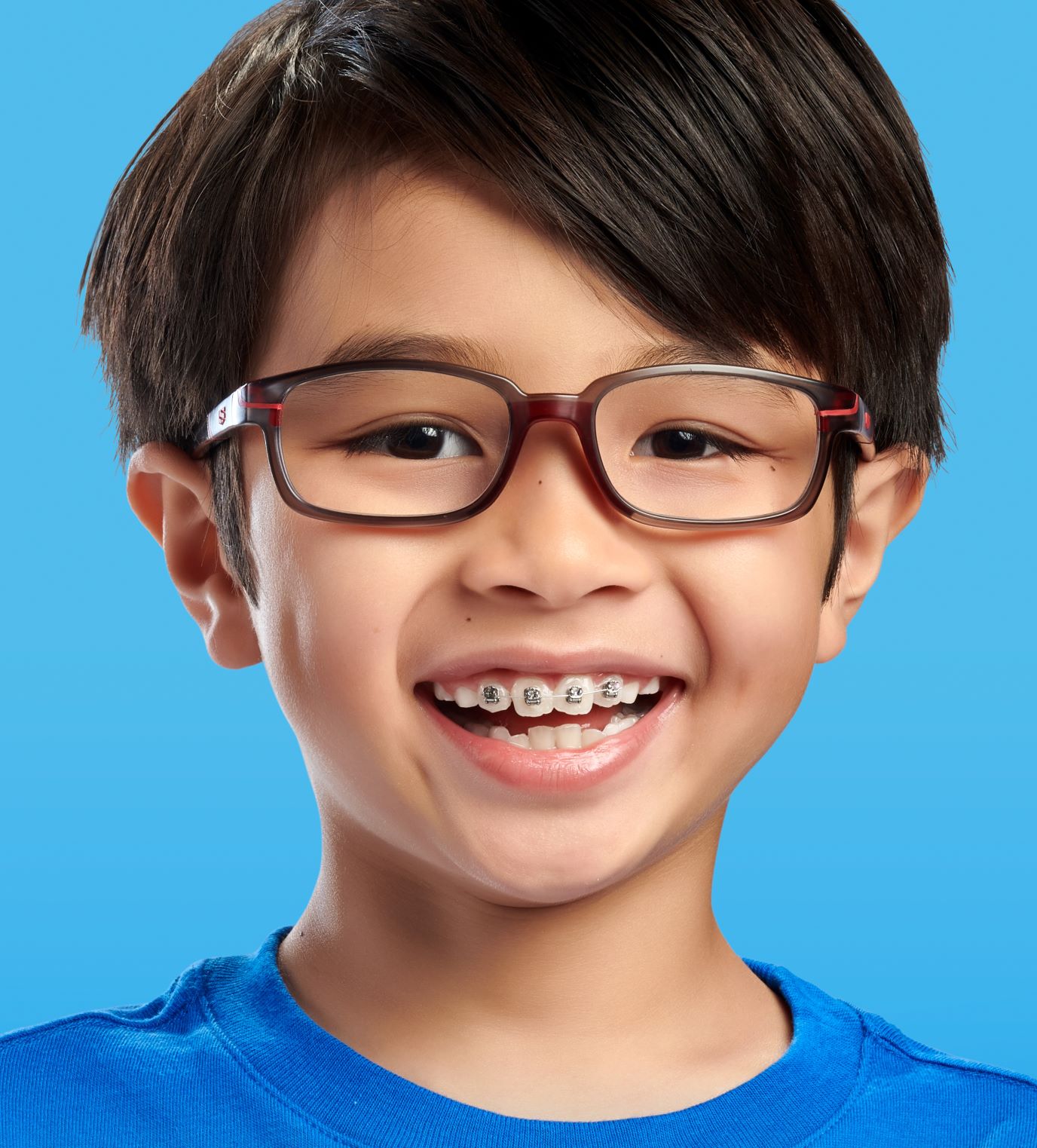Does my child need early orthodontic treatment?
8 August 2022 | By Dr. Eric Meyer
 When it comes to early orthodontic treatment, we prefer to wait until a child has lost all of their baby. However, some kids benefit greatly from an early phase of treatment while in the the mixed dentition (typically ages 7-10). This means the child has a glaring issue that can really lead to greater problems down the road if left untreated.
When it comes to early orthodontic treatment, we prefer to wait until a child has lost all of their baby. However, some kids benefit greatly from an early phase of treatment while in the the mixed dentition (typically ages 7-10). This means the child has a glaring issue that can really lead to greater problems down the road if left untreated.
Another term for early treatment is “interceptive orthodontics.” Why, because we want to intercept problems before they turn into headaches. We’ll get to a few examples shortly.
The American Association of Orthodontists recommends seeing an orthodontist around age 7. This allows an orthodontist to evaluate a child in the early stages of growth and diagnose problems related to growth, tooth development, and tooth eruption, among other things.
So what do we look for in kids who need an early phase of treatment? Common problems, among others, may include:
Tooth related
- Side (posterior) crossbite – the top back teeth overlap inside the bottom back teeth
- Front (anterior crossbite – commonly called an “underbite, where the lower front teeth overlap in front of the upper front teeth
- Severe crowding and malalignment
- Excessive spacing, often accompanied by protruding front teeth (that stick out)
- Space maintenance – when baby teeth are lost prematurely, a small appliance holds the space for us
- Extra teeth, missing teeth, or impacted teeth
- A deficient upper jaw or a strong lower jaw contributing to an underbite
- A strong upper jaw or deficient lower jaw contributing to excessive space between the top and front teeth
- Asymmetric growth of the jaws due to crossbites or facial trauma
- Craniofacial anomalies, such as cleft lip and palate
-Dr. E
